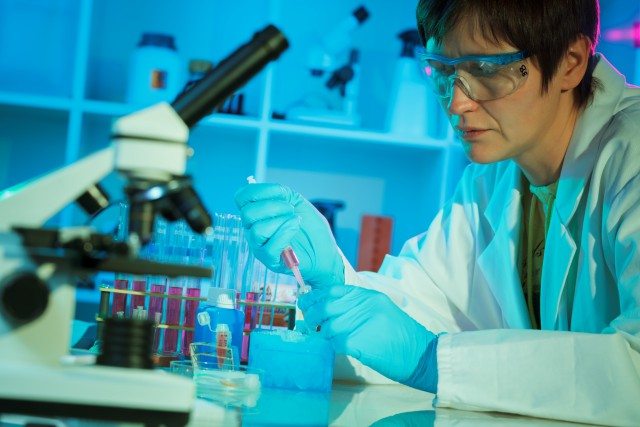A second round of coordinated pan-European testing for horse meat deoxyribonucleic acid (DNA) in beef products was launched in April 2014.
This testing was a follow-up to the exercise carried out in 2013 in the wake of the horse meat crisis, where 4.6% of products tested positive.
This second round of testing was requested and co-financed by the Commission.
The findings show that the situation has significantly improved, with only 0.61% of samples testing positive.
European Union (EU) Commissioner for Health, Tonio Borg said “Today’s findings confirm that our collective efforts are bearing fruit and that increased controls to uncover food fraud are having real impact.”
“Restoring the trust and confidence of European consumers and businesses in our food chain is vital for our economy given that the food sector is one of the EU’s largest economic sectors.”
“I believe that this on-going work will continue to pay dividends. Fraudulent practices must be tackled through joined-up efforts to target the weakest links in the food supply chain.”
Improve test results for adulterated products
The coordinated monitoring plan was to test food marketed as containing beef to detect the presence of unlabeled horse meat.
The testing scheme was co-financed at 50% by the European Commission.
In each EU country, the number of tests recommended to detect the extent of the mislabeling varied between 10-150 samples depending on the size of the country.
Some EU countries exceeded the number of tests recommended by the Commission.
Overall, 2 622 tests were carried out by the competent authorities in the 28 EU countries, Norway, Iceland and Switzerland.
Of those tests, only 16 revealed positive traces of horse meat DNA, or 0.61% of the samples, which the EU says is a considerable improvement on the results of the first round of coordinated controls carried out in 2013, where 4.6% of samples tested returned traces of undeclared horse meat.
All the 16 cases are being followed-up by the competent authorities in the Member States concerned with appropriate enforcement measures (market withdrawal, tracing, relabeling, extra controls at food business operator) and penalties.
Fight against food fraud
The Commission will continue to work closely with EU countries and other partners to strengthen Europe’s ability to tackle food fraud by implementing a series of initiatives set out in the action plan that was launched in response to the 2013 horse meat scandal.
These initiatives include creating an EU Food Fraud Network for the exchange of administrative assistance and cooperation between EU countries and developing a dedicated IT tool that will underpin the work of the network and enable members to rapidly exchange information on potential cases of cross-border fraud.
The use of ad-hoc coordinated control plans has proven a useful tool to uncover fraud in the food supply chain.
The Commission plans to make further use of this tool and is currently discussing with EU countries the prioritization of products that will be the focus of future testing schemes.
Horse meat scandal
In 2013 the horse meat scandal made headline news across Europe and globally.
The story that horse meat was being passed off as beef exposed the complex nature of the globalized food supply chain.
The evidence gathered did not point to a food safety or public health issue, but rather an issue of fraudulent labelling motivated by the prospect of gain.
It demonstrated that fraudsters were taking advantage of weaknesses in the system to the detriment of both legitimate businesses and consumers.
Europe’s food processing industry faced a crisis of consumer confidence and trust in the industry hit an all-time low.
The Commission, together with competent authorities in the 28-EU countries has been working closely to get to the bottom of how horse meat was found to be in food products labelled as beef.
The current results are from the follow-up testing agreed already in principle last year and completed in the first half of 2014.
The planned co-financing from the Commission encompasses 50% of the Member States’ expenses for laboratory testing, estimated at €145,440 (US$195,326) in total and another €20,000 to the laboratory coordinating the test methodology.










